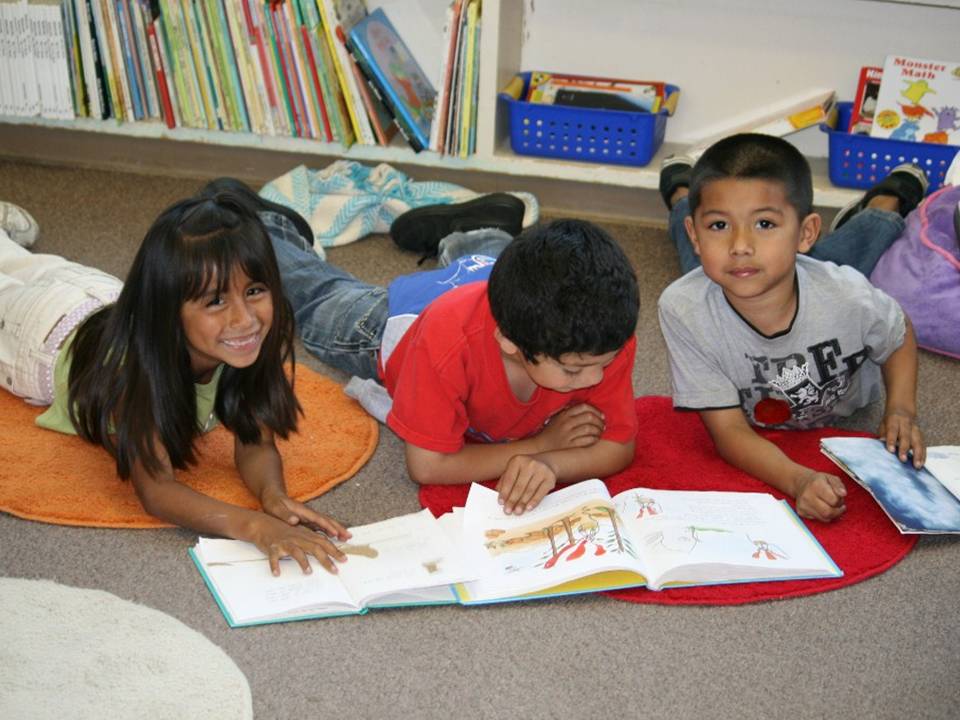Welcoming and engaging environments are critical in ensuring newcomers and their families thrive in and out of the classroom, and schools play a vital role in providing trauma-informed care and social-emotional developmental practices, according to experts.
A March 13 webinar hosted by the U.S. Department of Education Office of Elementary and Secondary Education’s Office of Safe and Supportive Schools and the National Center on Safe Supportive Learning Environments covered tools, strategies and best practices to meet the needs of newcomers and their families to build community, support mental health and help them succeed.
“This issue is dear to my heart. I myself was a newcomer over 30 years ago — I arrived in Austin, Texas, as a 12-year-old, not speaking a word of English, undocumented and full of hope to start a new life,” said Montserrat Garibay, assistant deputy secretary and director for the Office of English Language Acquisition. “Education can truly transform the lives of our students. And I am the living proof that when we as a country embrace newcomers and provide them with a strong support, we can be productive community members in our society.”
A broad term for students in their first months or years of schooling in the U.S., “newcomer” doesn’t have a singular definition. Newcomer youth may be refugees and asylees who fled their country of origin because of persecution, war or violence, or students with interrupted formal education who are behind multiple grade levels in academic content because of limited schooling in their country of origin, or even unaccompanied minors or undocumented students.
Regardless of the details of their background, these students often need additional academic and wraparound supports to thrive in their new settings.
“It is important then to focus all discussions about newcomers on the processes that needs to be in place to support them. And because newcomers are diverse — academically, economically, linguistically and socially — we must engage educators from all roles and responsibilities in engineering the school environment that meets these very diverse needs,” Garibay said. “Newcomer students have incredible potential and can reach the same ambitious goals that are in place for all students, and it is our job as educators to develop that potential as we design a more responsive learning environment.”
Newcomer students — immigrant students in their first years at U.S. schools — often require specialized curricula and instruction to succeed academically, as well as access to numerous social services to meet housing, food, legal aid and mental health needs. They also represent a growing student population, particularly in California, where about one in 40 students in the state was a newcomer in the 2021–22 school year. (Learn more about this growing student group and what local educational agencies throughout the state are doing to support them in the winter 2024 issue of California Schools.)
Megan Ritter, national strategic outreach lead for refugee programs within the Office of Refugee Resettlement, reviewed various programs and fundings streams, including the youth mentoring program, which supports 15- to 24-year-olds’ individual, educational and career development goals, and the Refugee School Impact program, which funds activities that lead to the effective integration and education of refugee children.
Los Angeles Unified School District Newcomer Instructional Coach Sara-Jean Lipmen provided a local perspective while discussing the steps the district took to try and centralize medical, dental, vision, legal aid, clothing and transportation resources provided by community groups and within schools.
“We also make sure that the kids see leaders that are like them,” Lipmen said. “We have things like our newcomer buddy system where brand new kids come in and somebody who’s maybe been here for six months or a year or two is their new buddy and shows them around in the school. So, it’s not just an adult on campus, but another kid who has had their kinds of experiences. We have kids who have graduated come back and talk to them about some of the challenges they faced and being very brutally honest, but also some of the ways that they overcame them.”
Lipmen also covered ways in which the district adjusted programming or added specific approaches to allow for the implementation of trauma-informed practices, breaking down stigma, the importance of celebrating the little wins, instructional best practices for non-English speakers of other languages (ESOL) teachers, and engaging community partners.
A recording of the webinar as well as all the documents and toolkits discussed can be found here.





